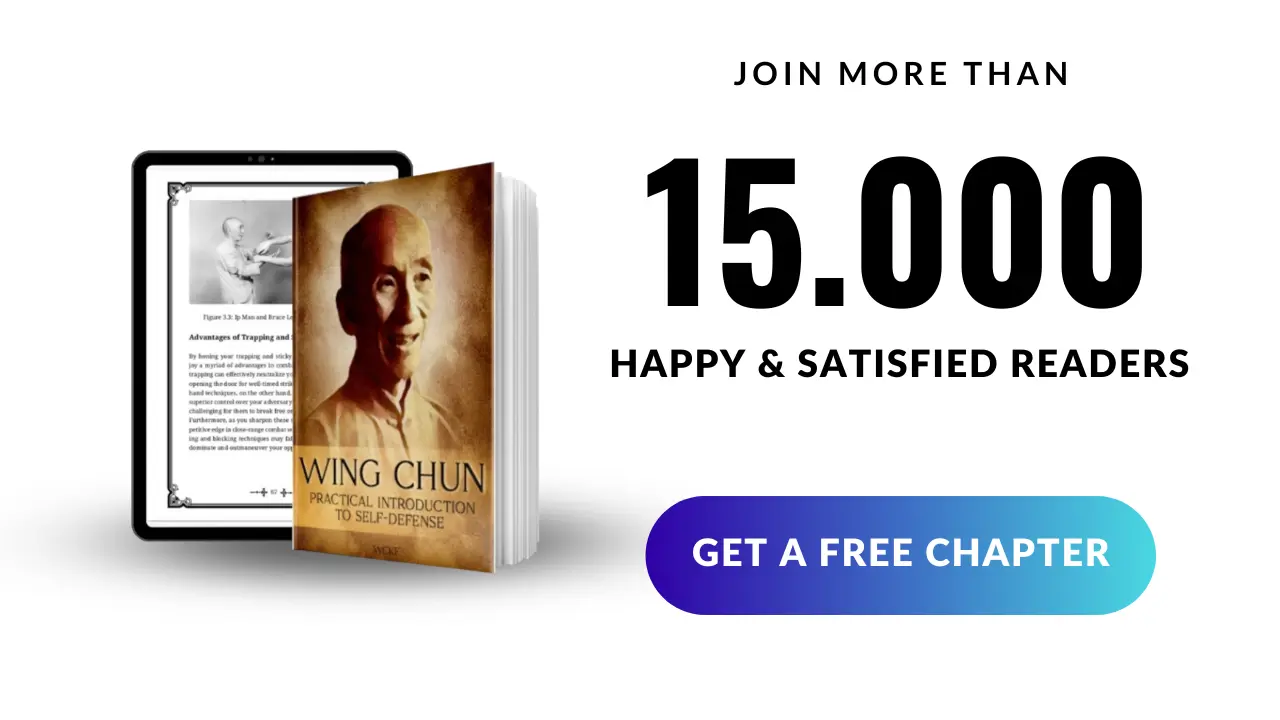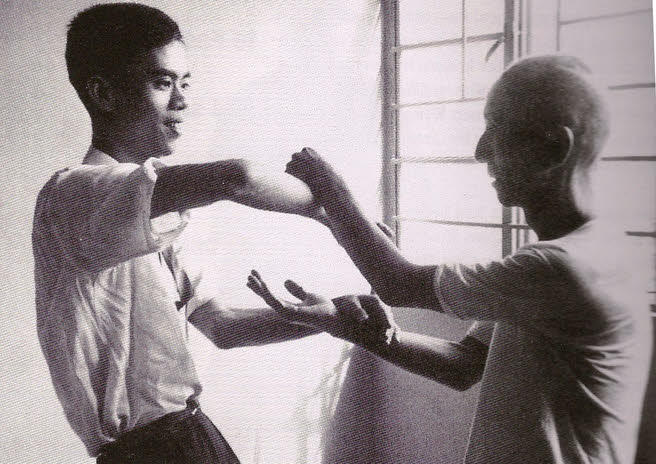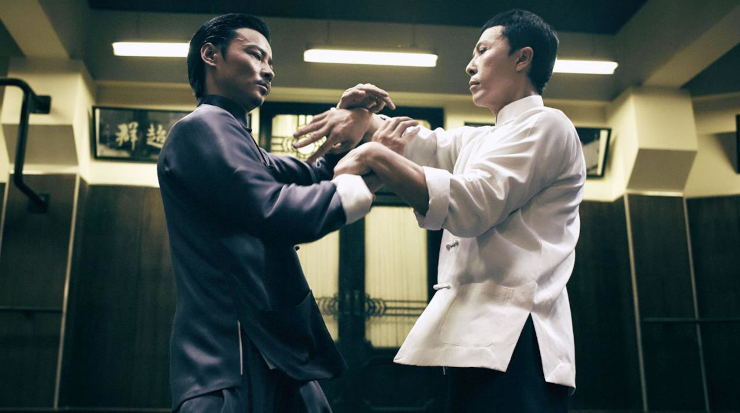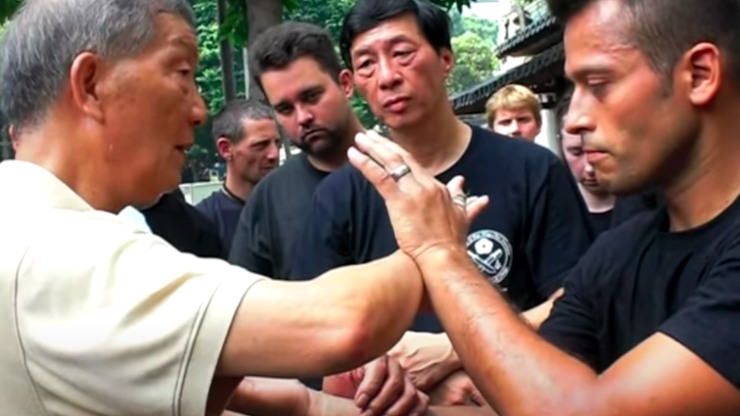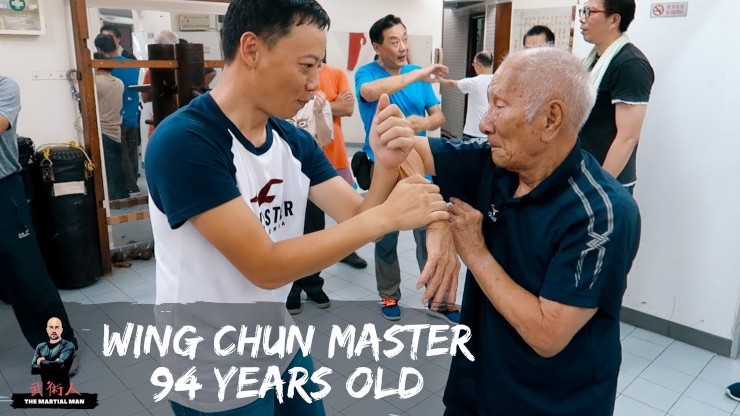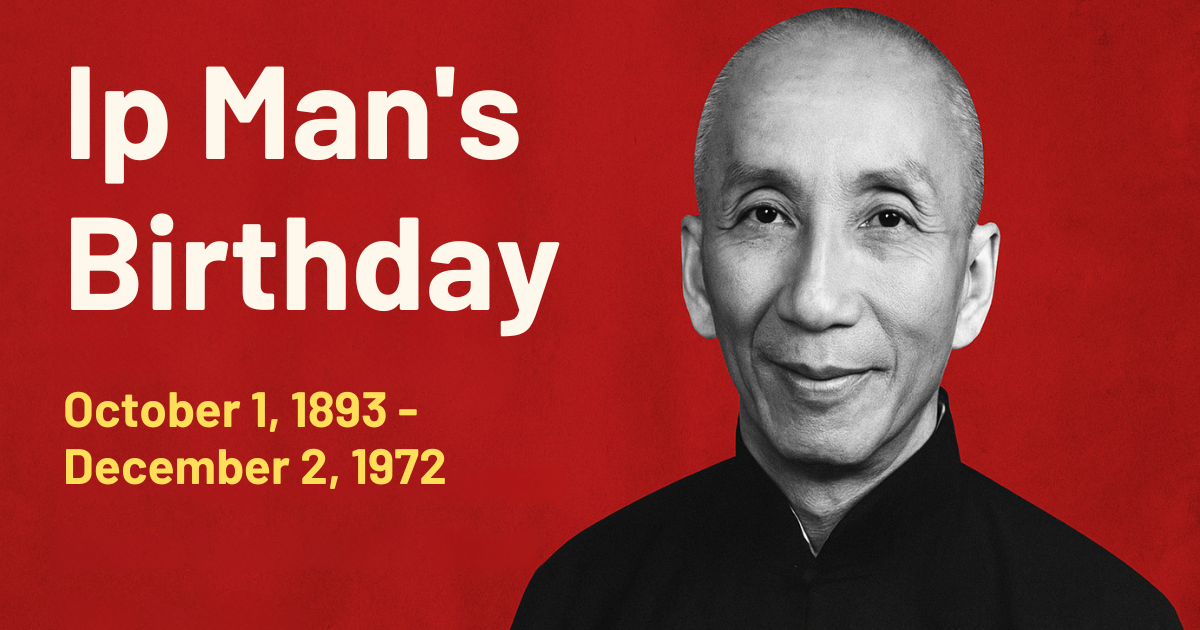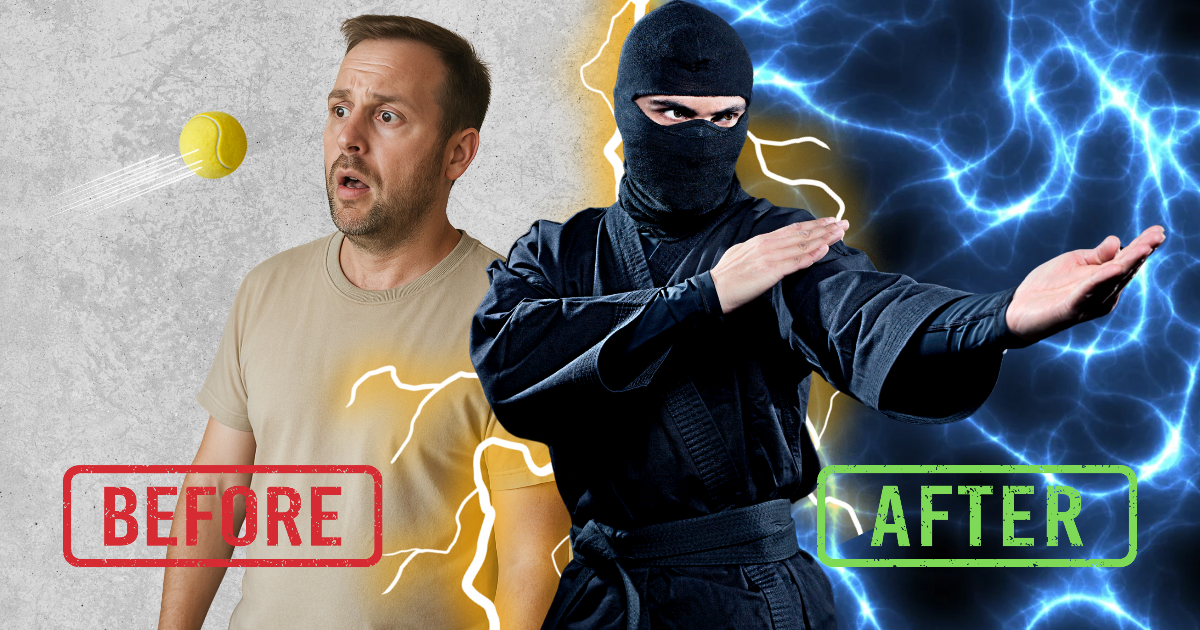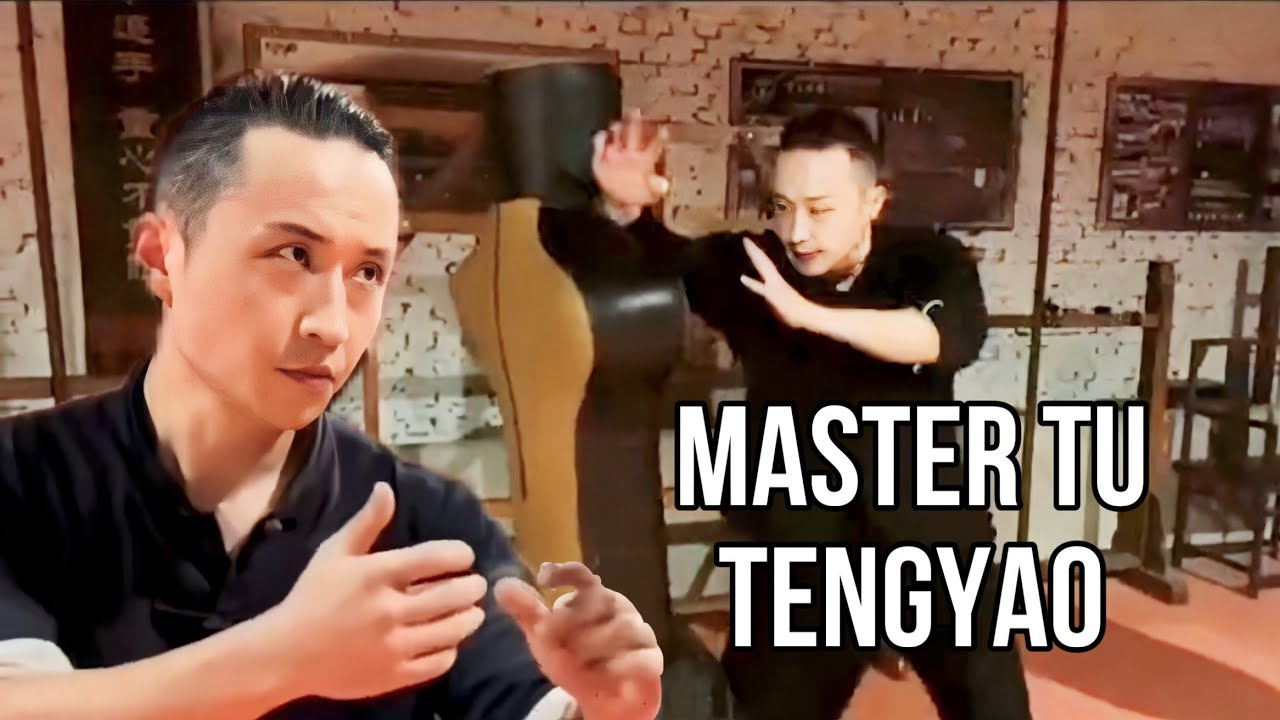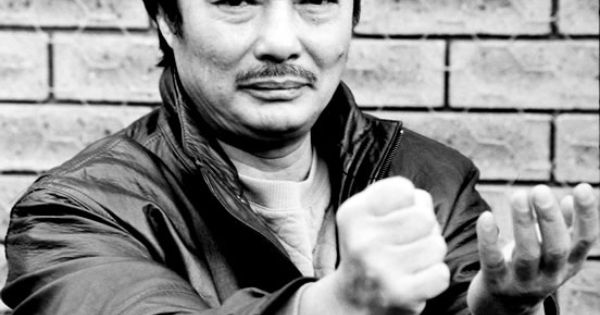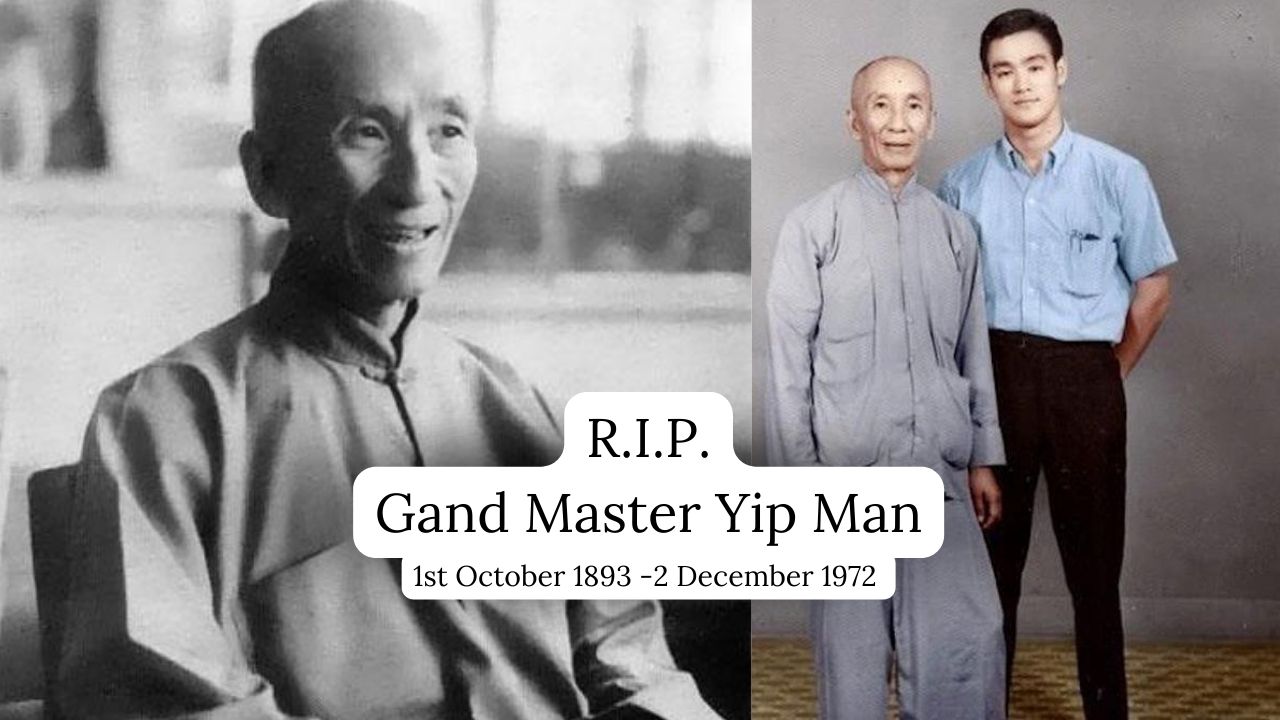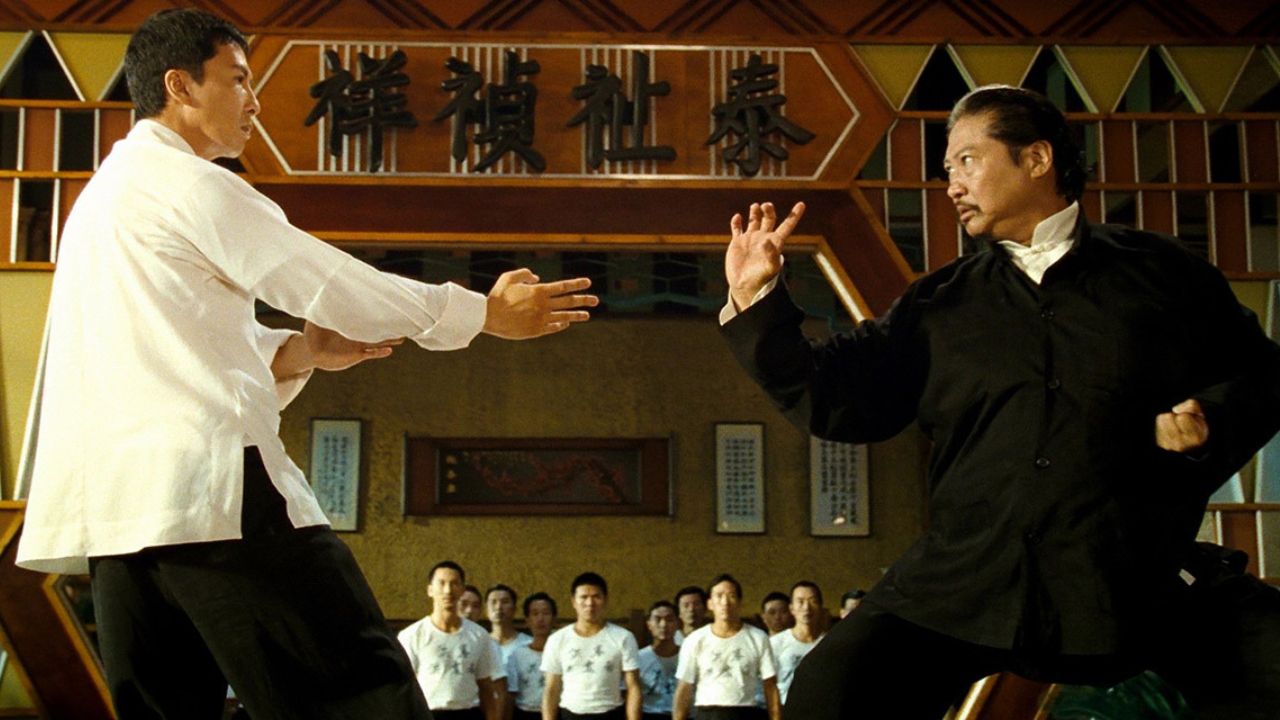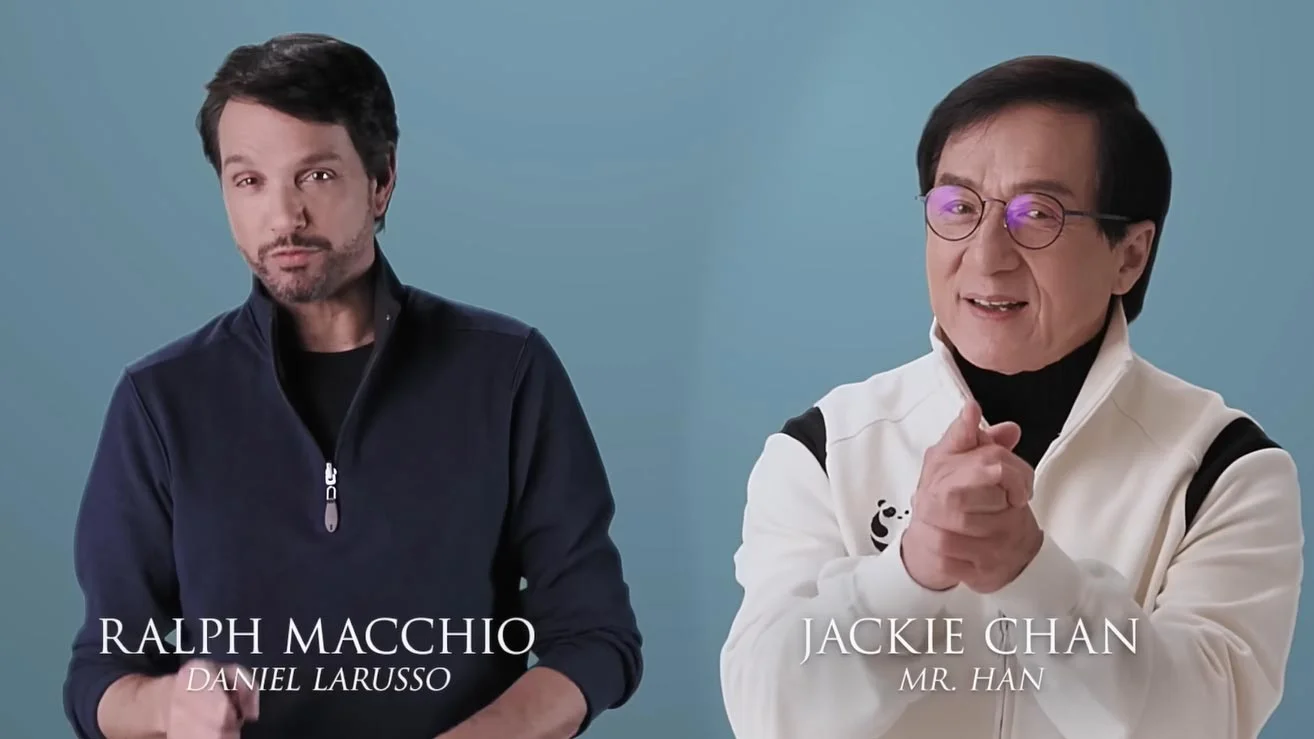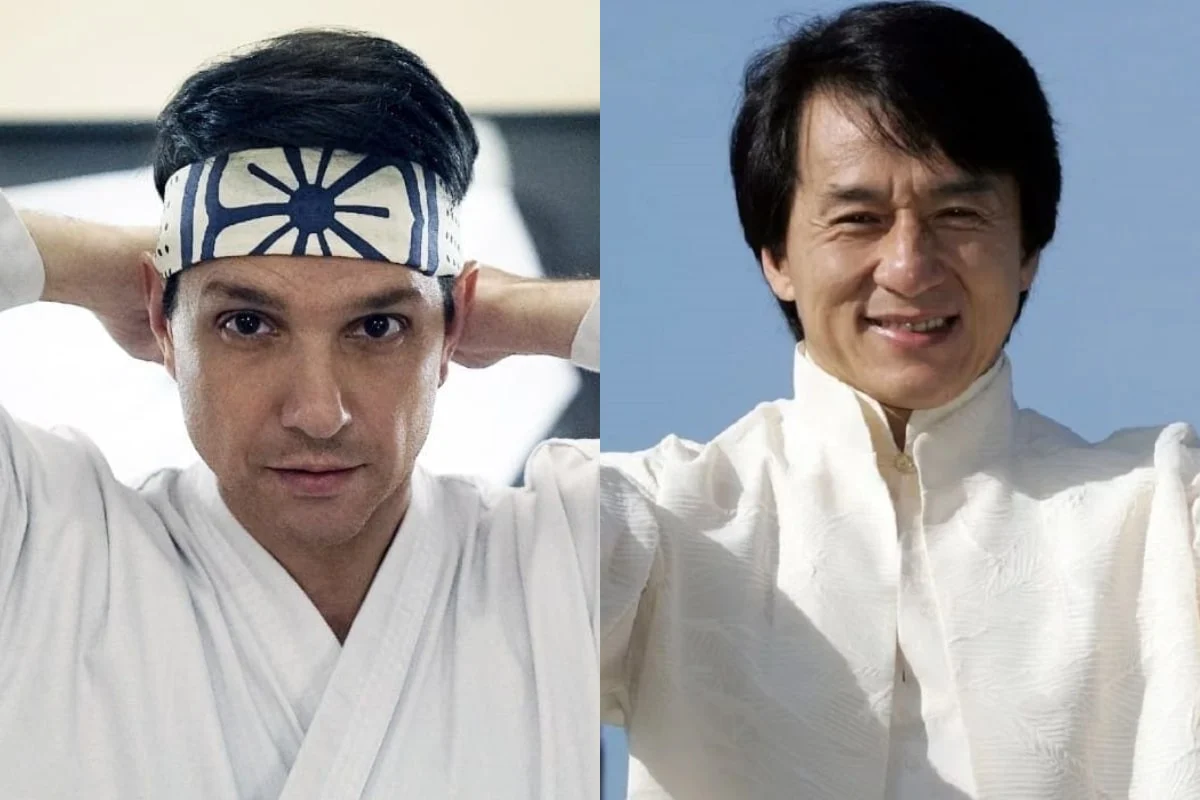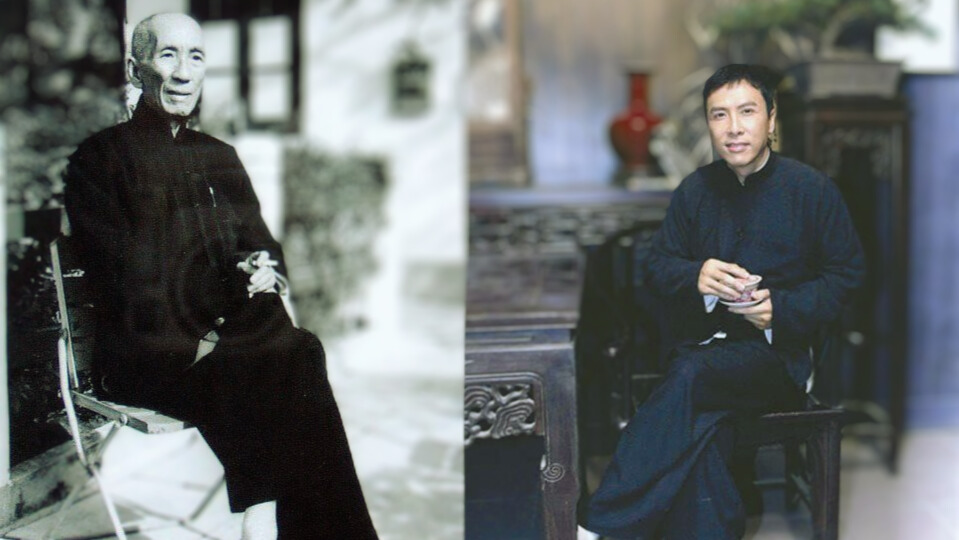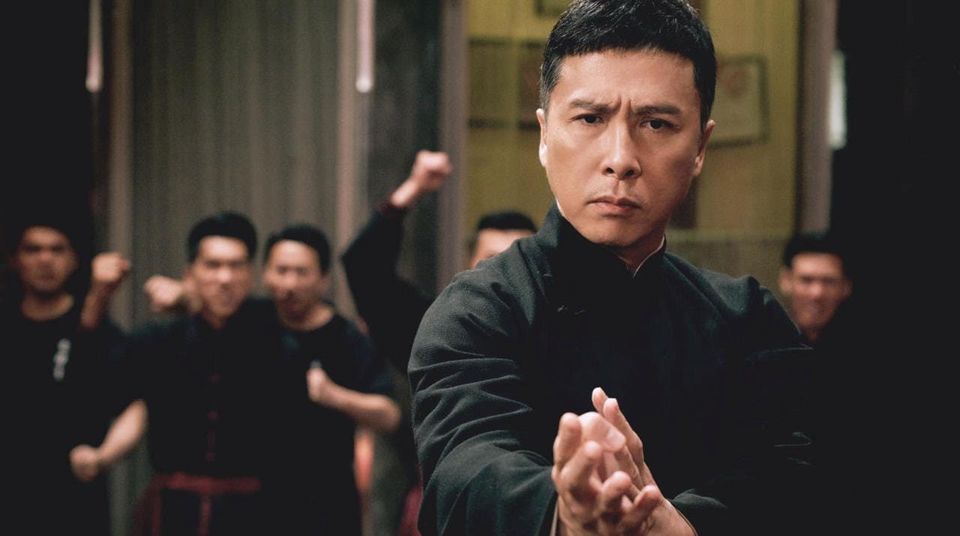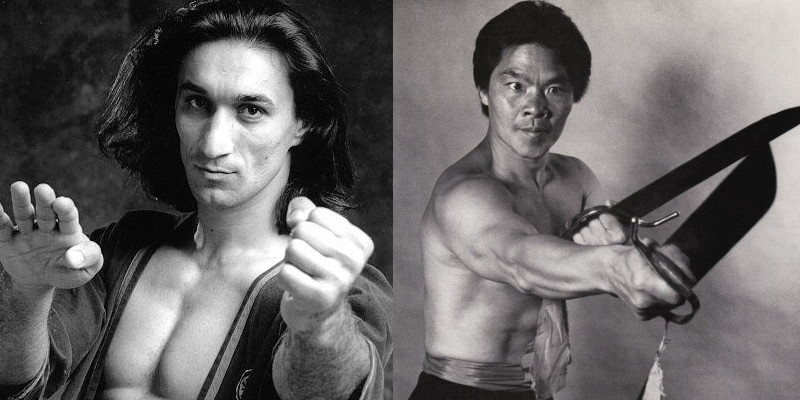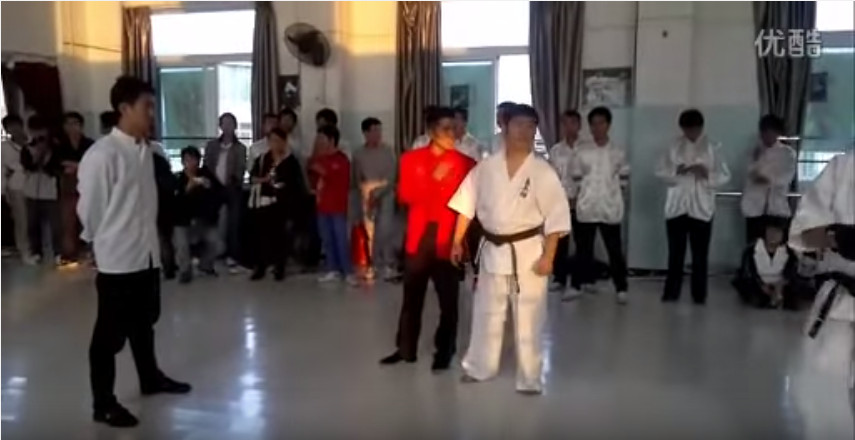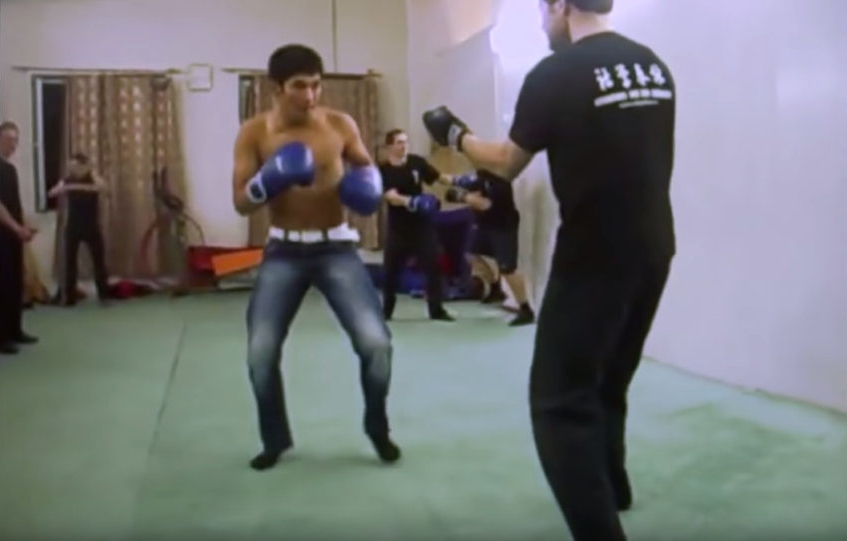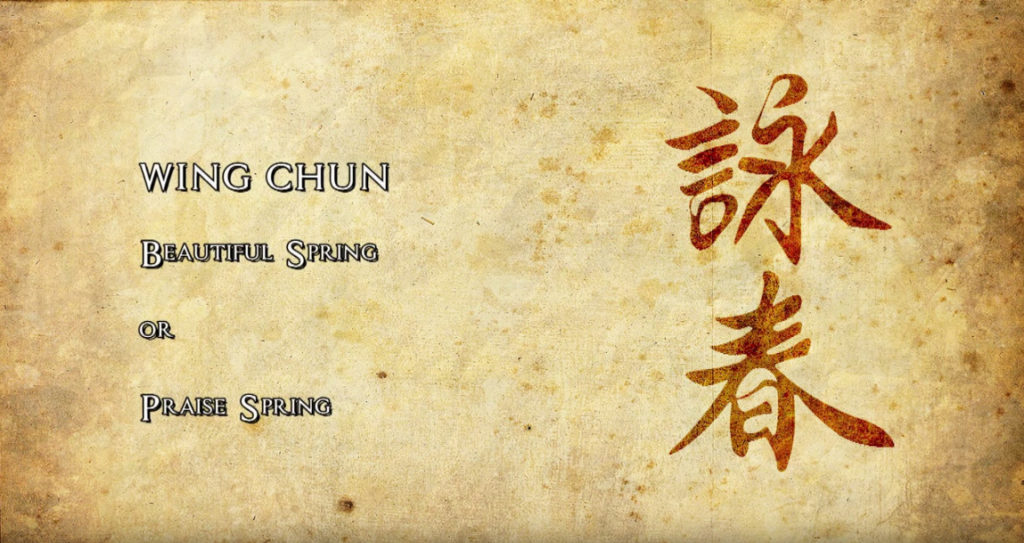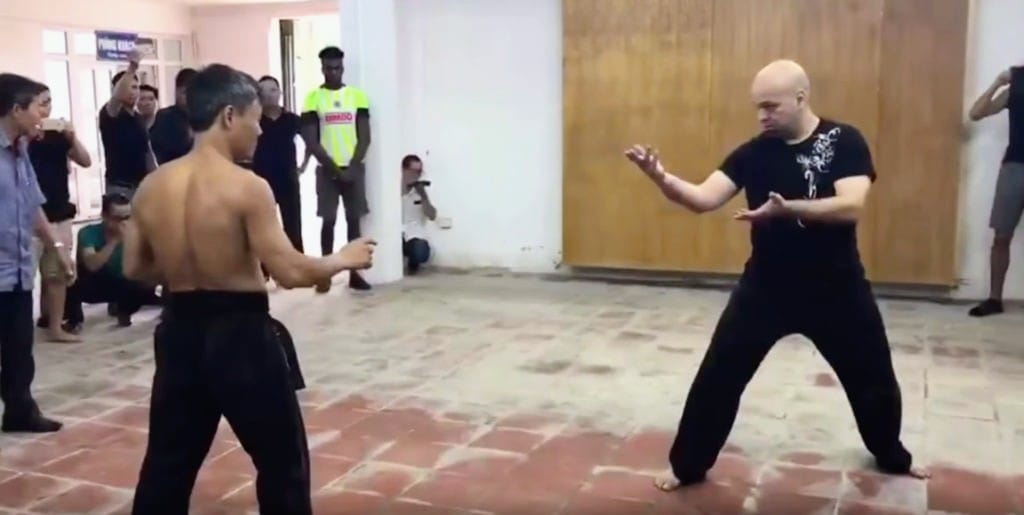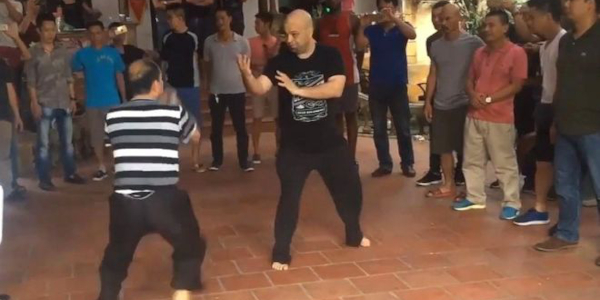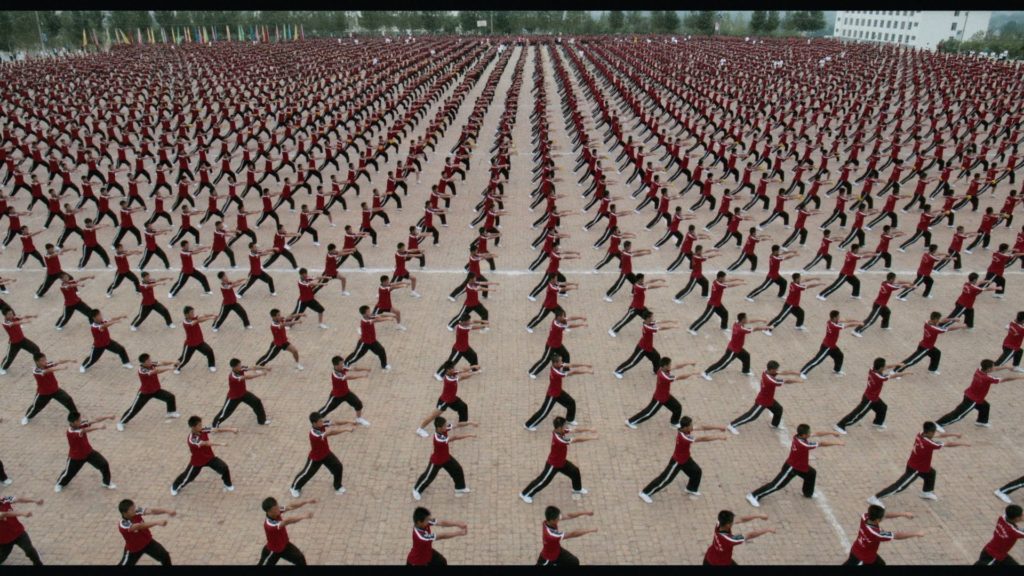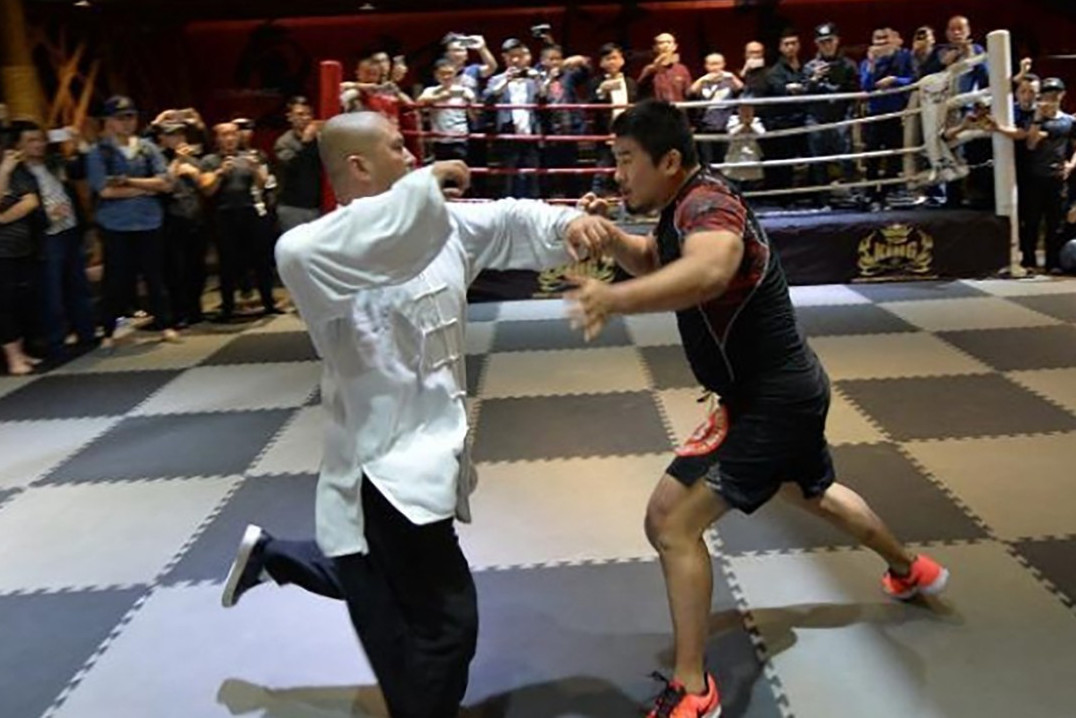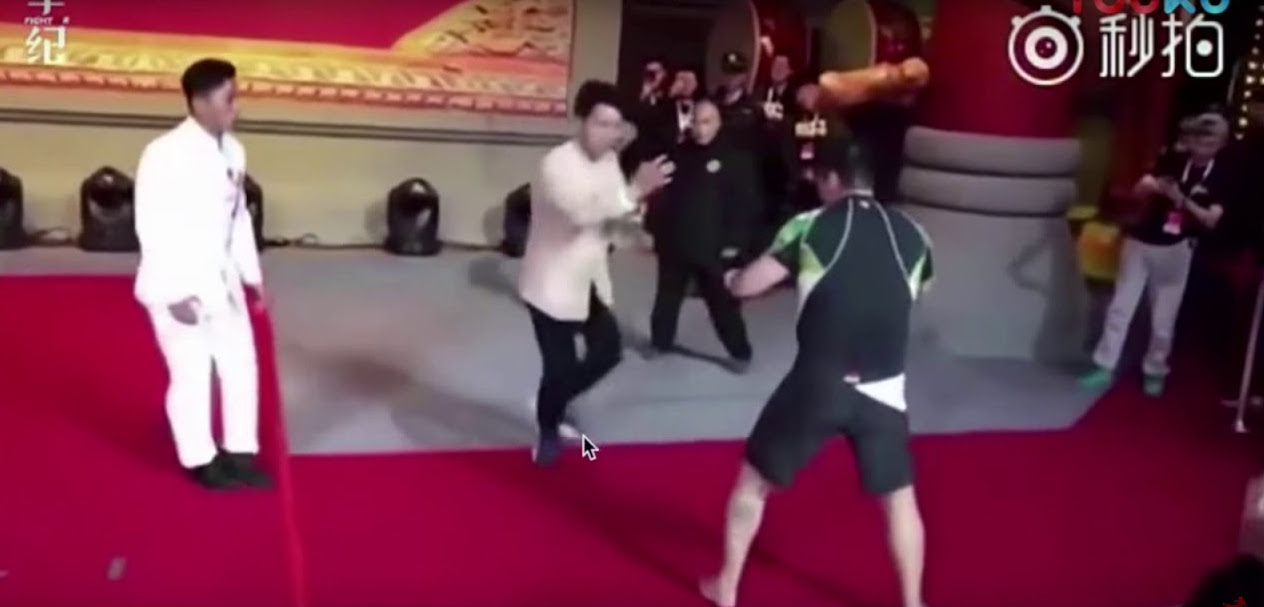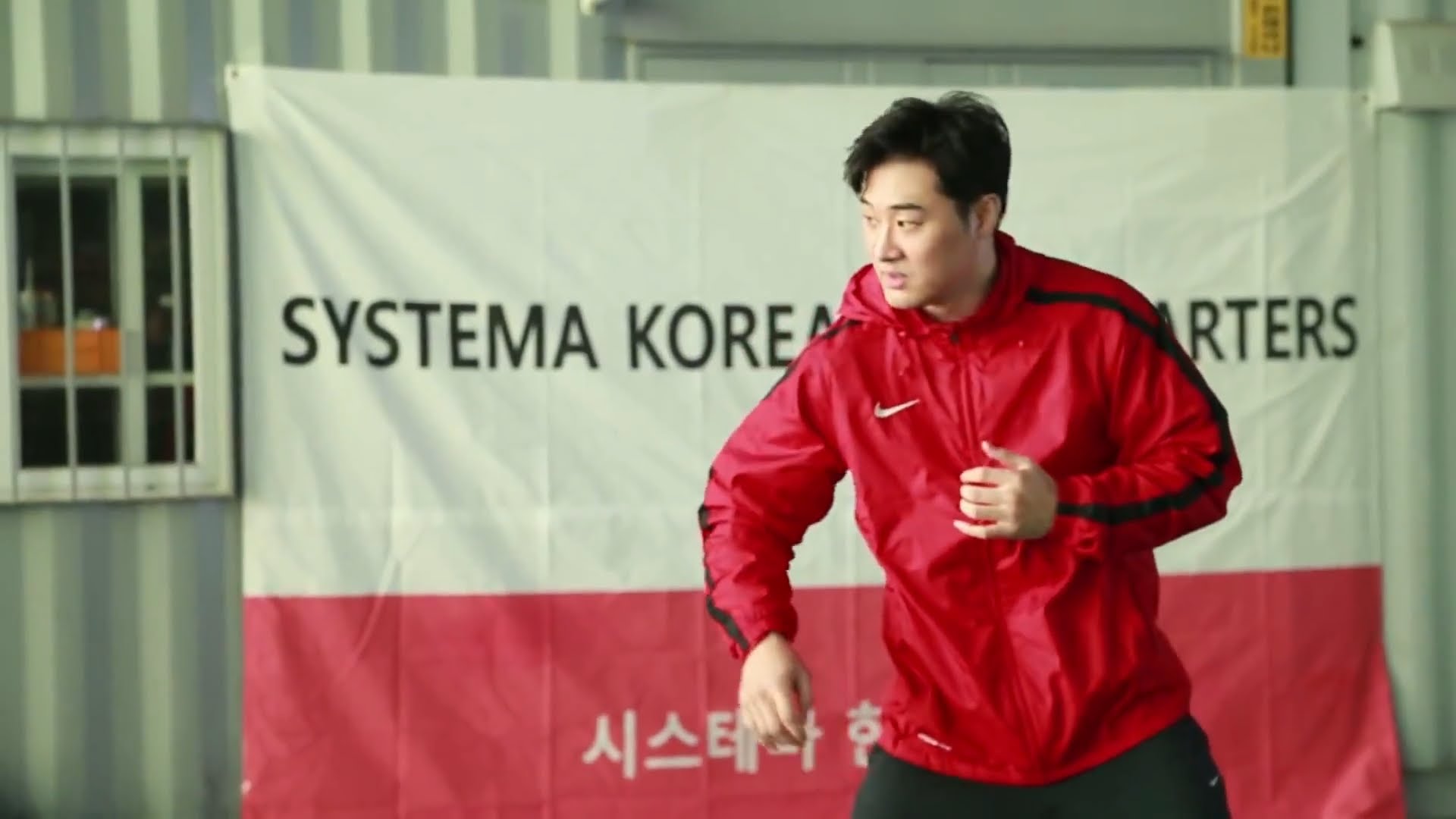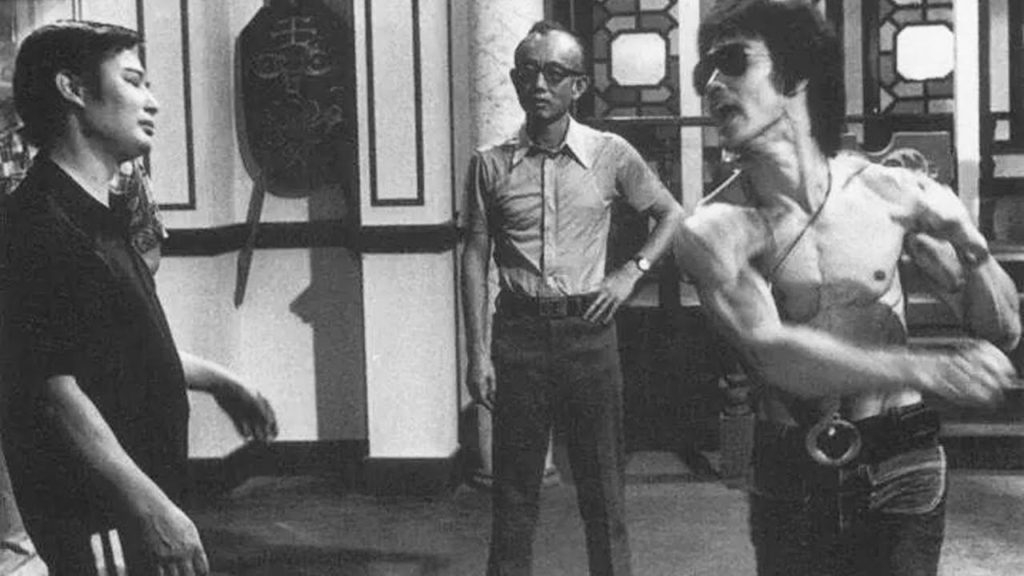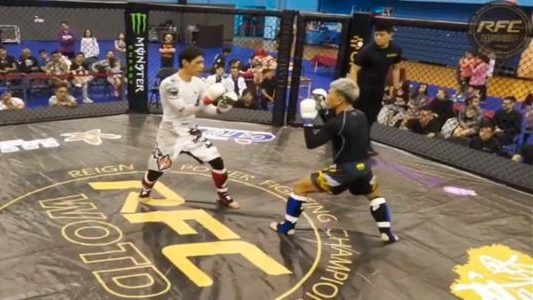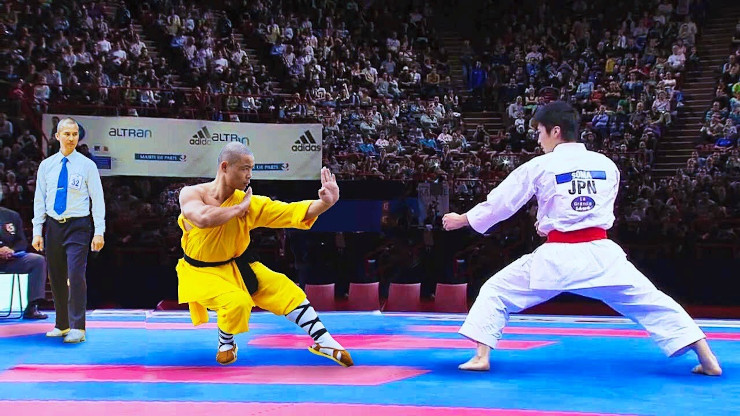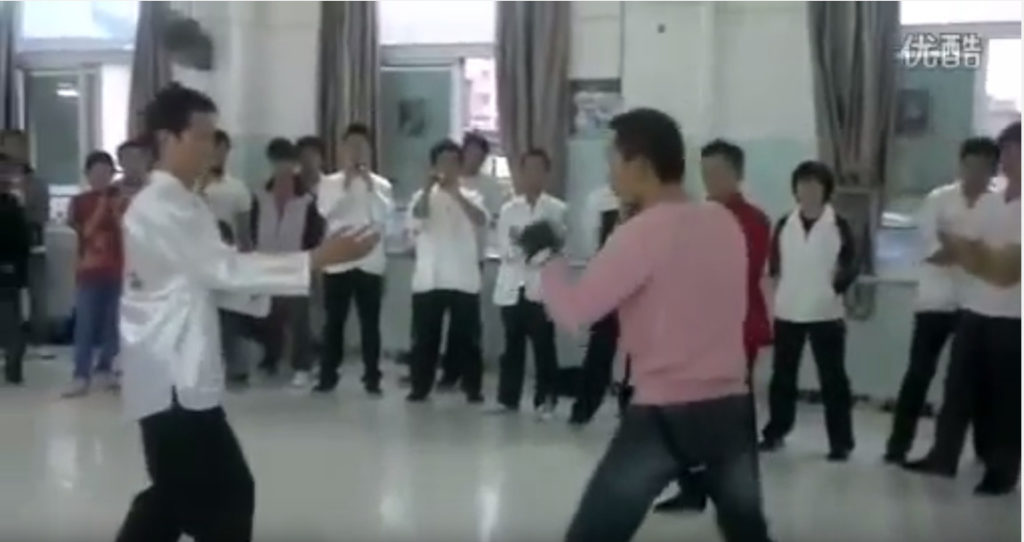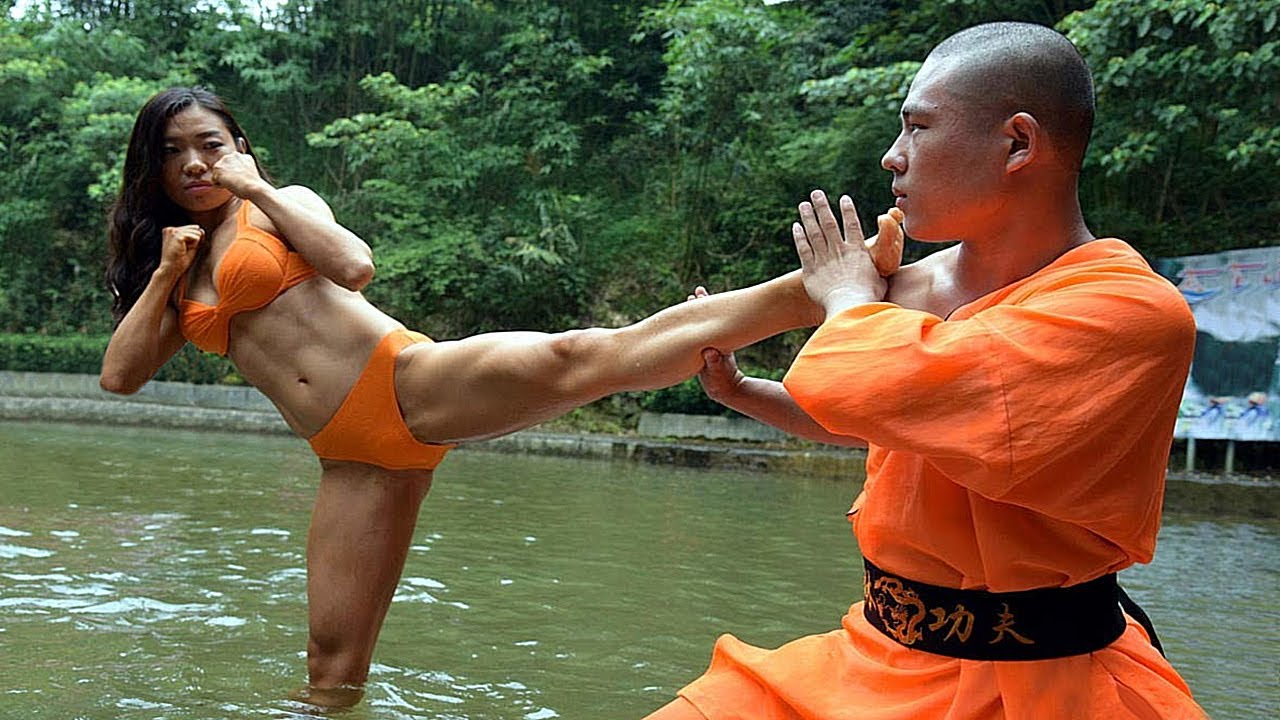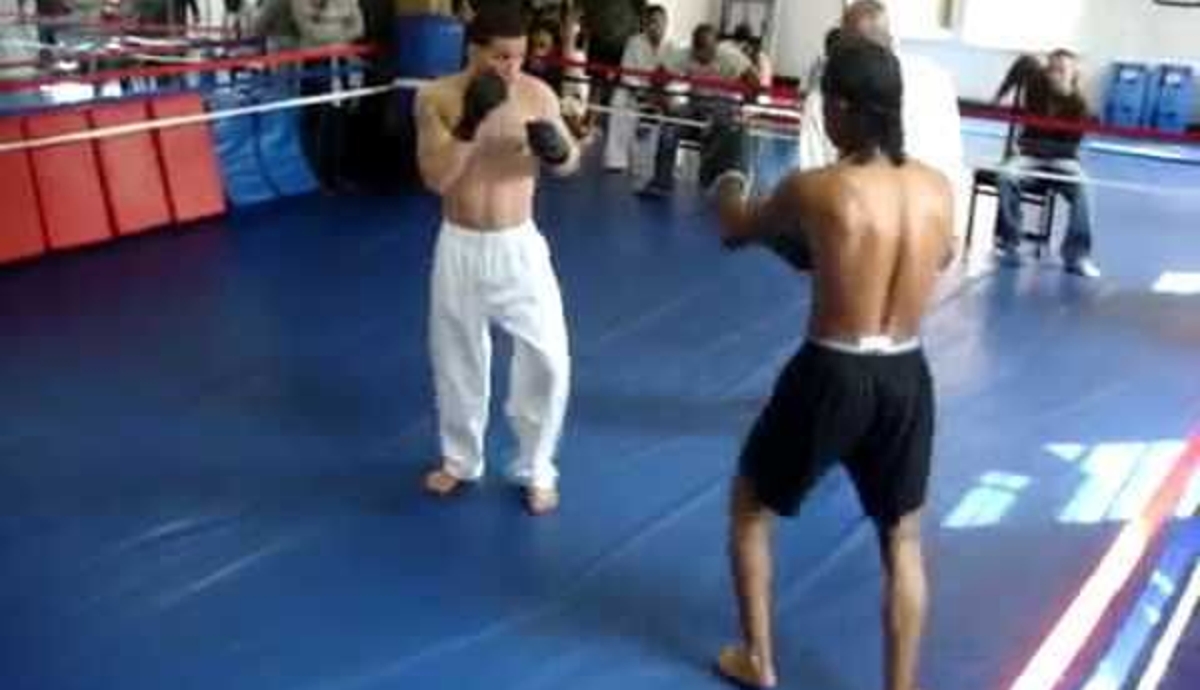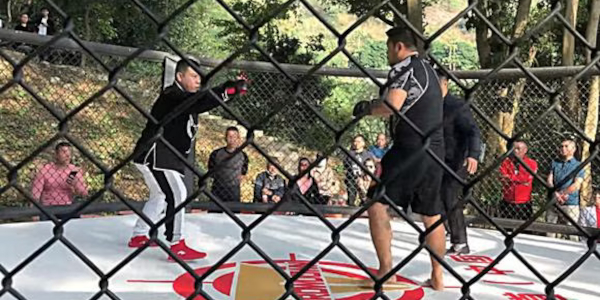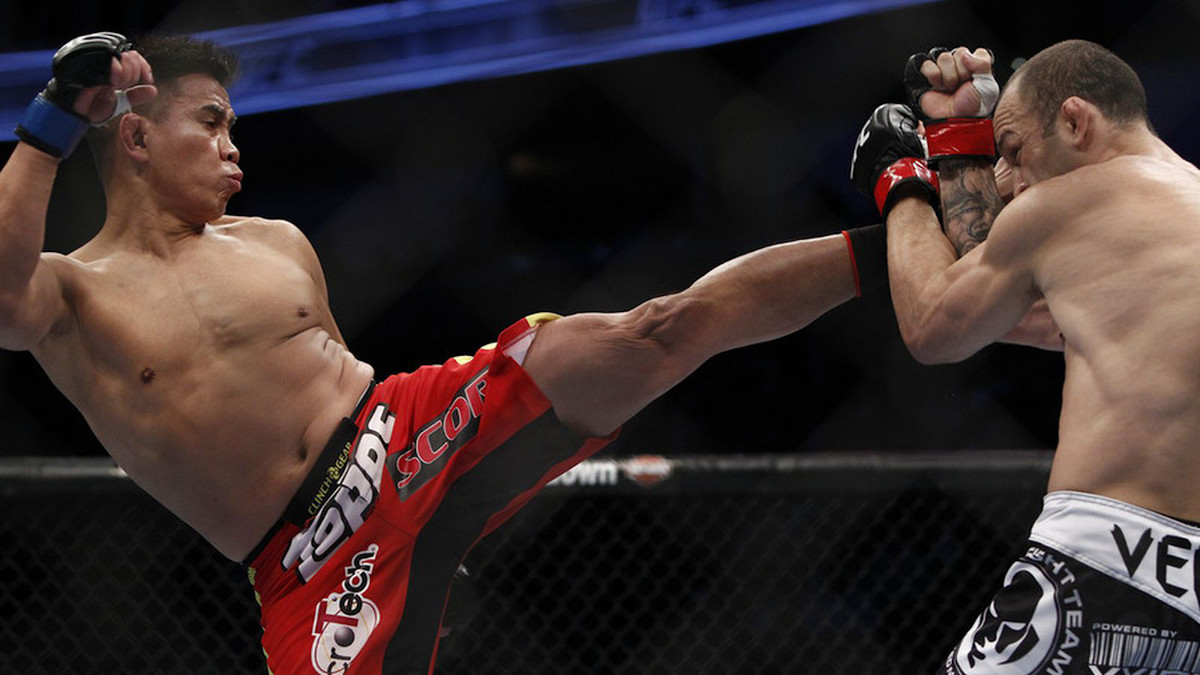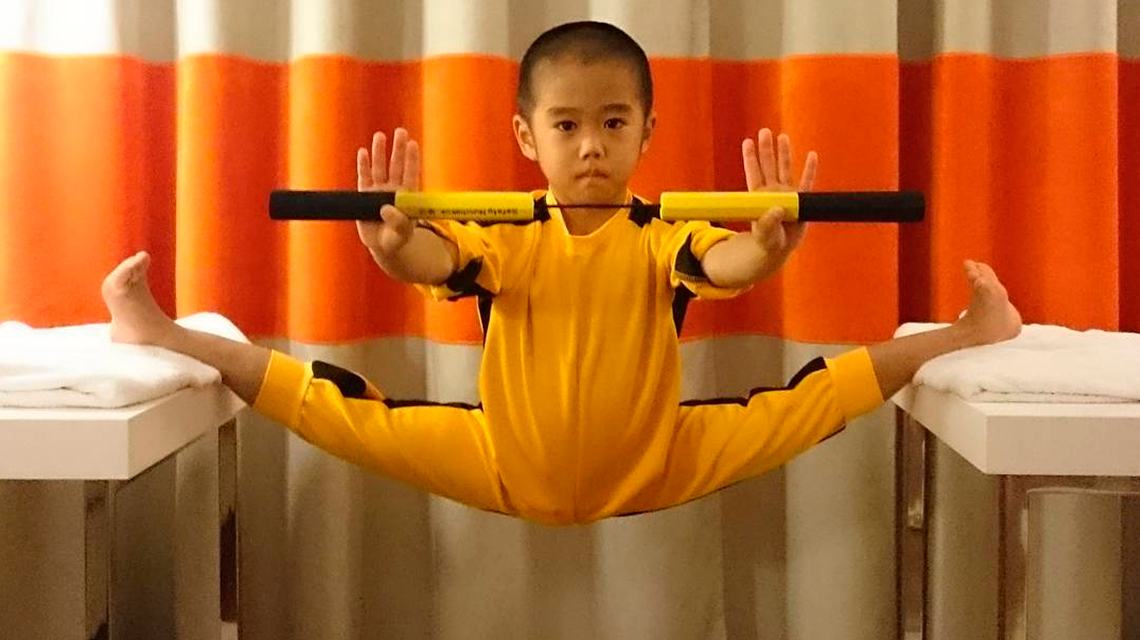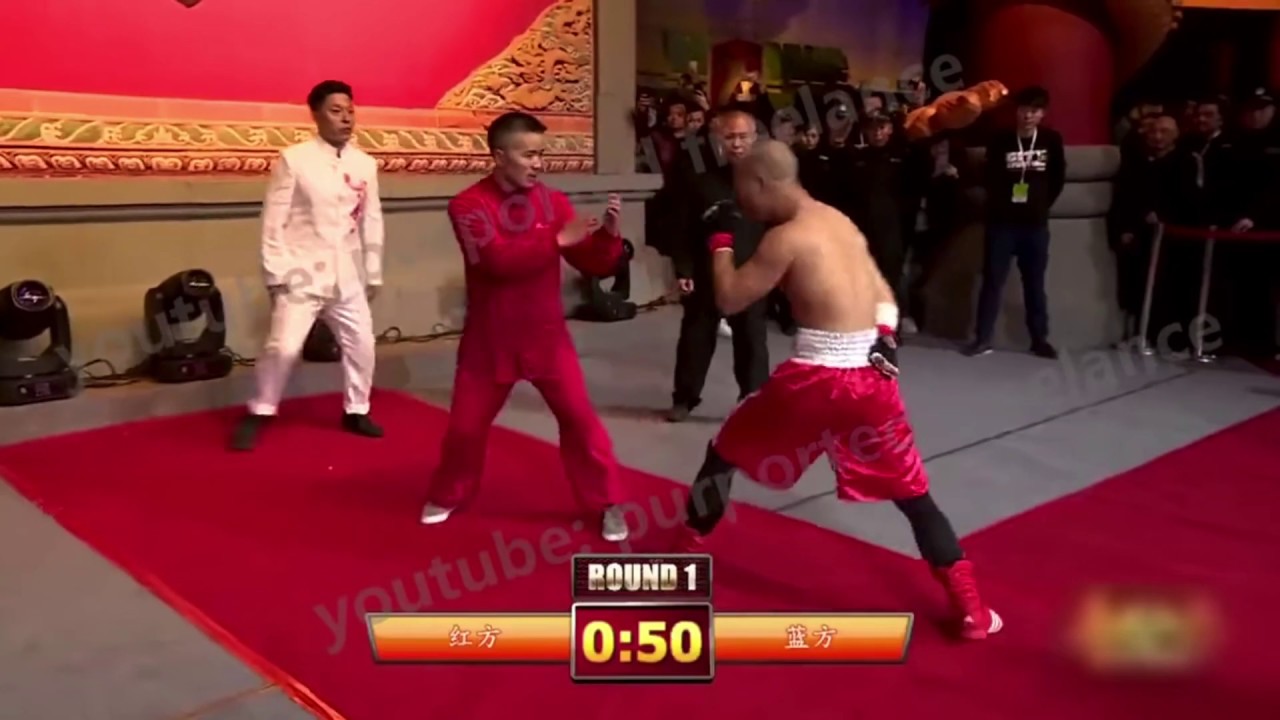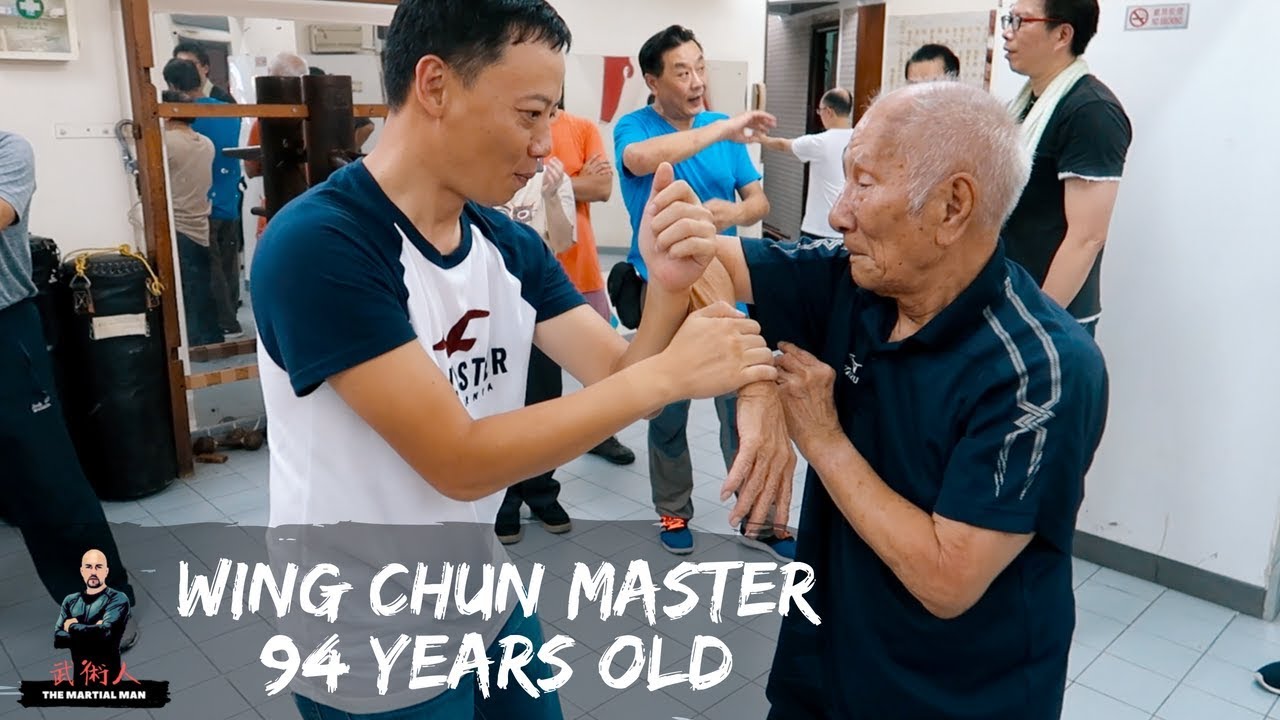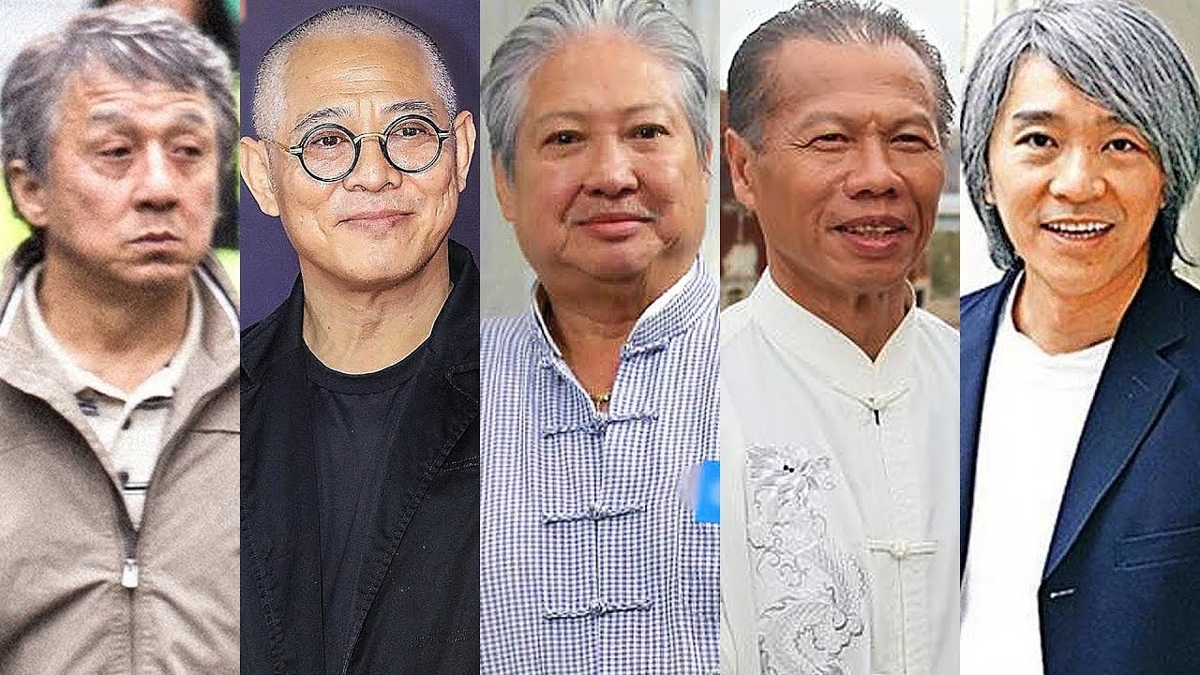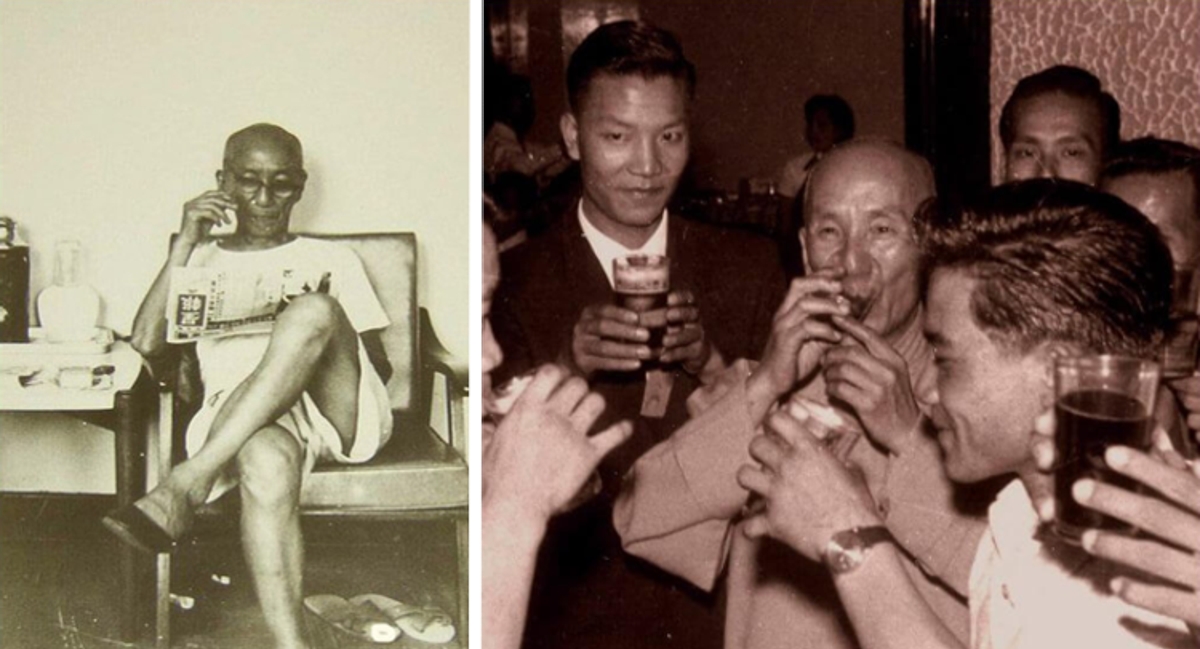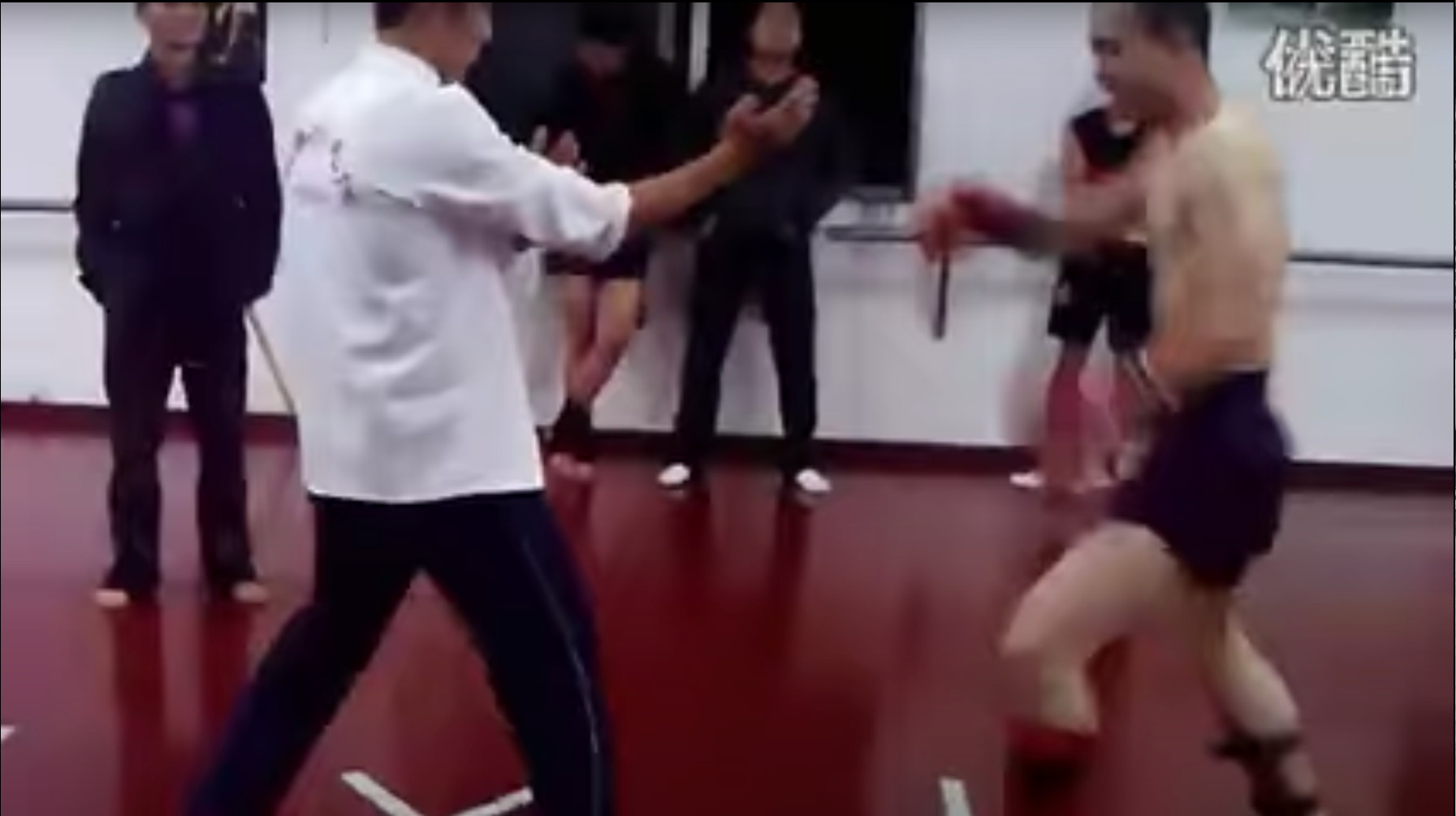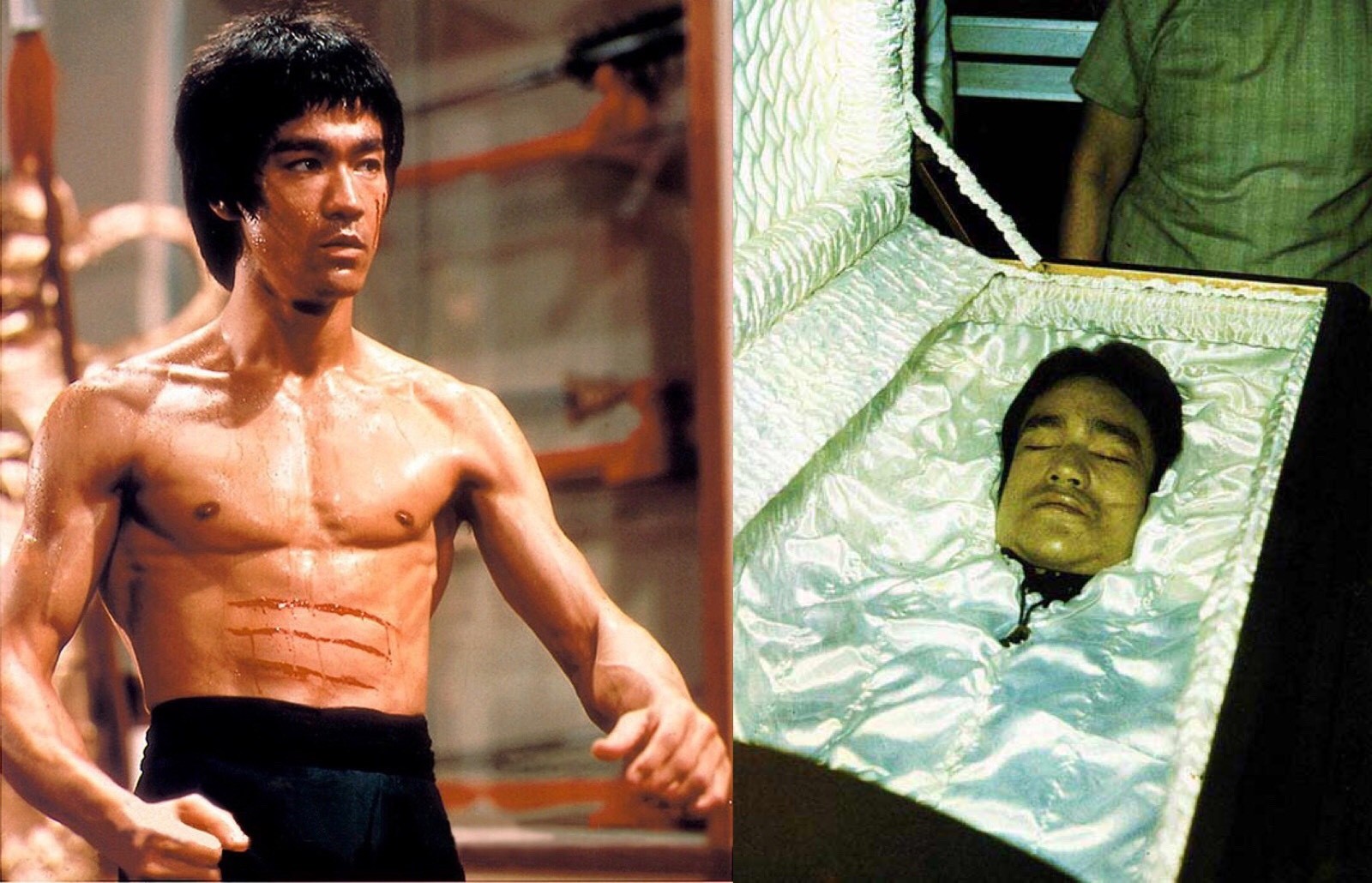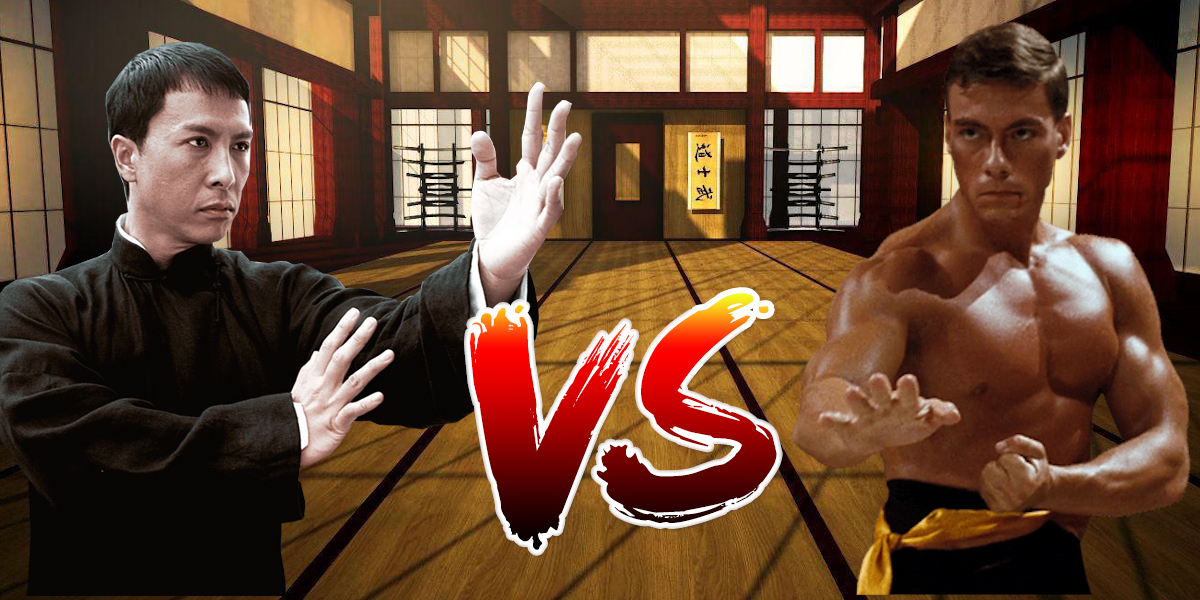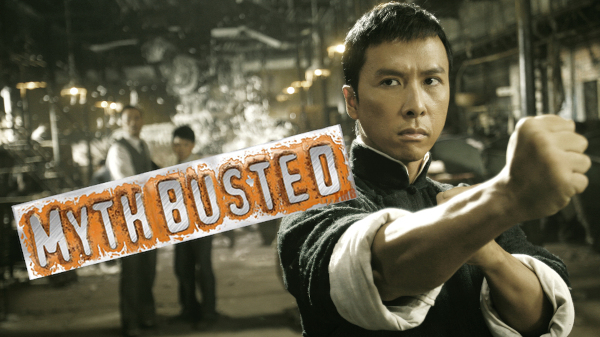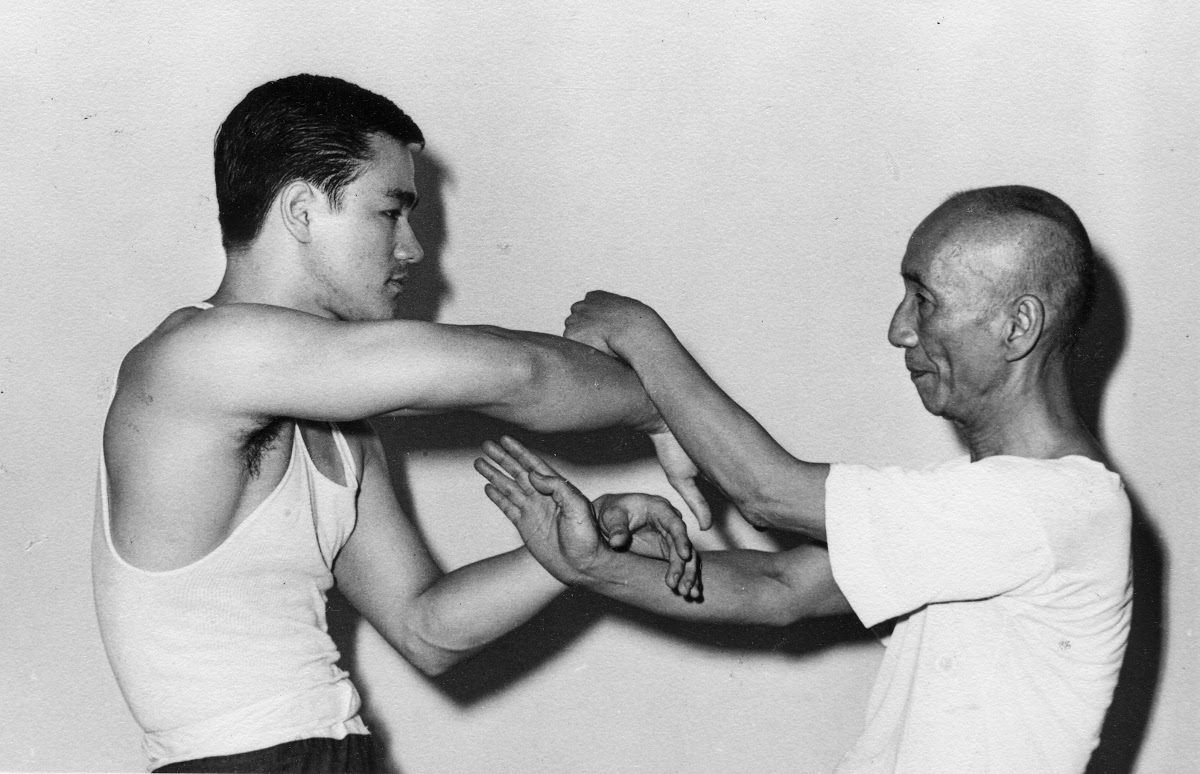The Role of Chi Sau in Wing Chun Training
Reading time: 4 minutes
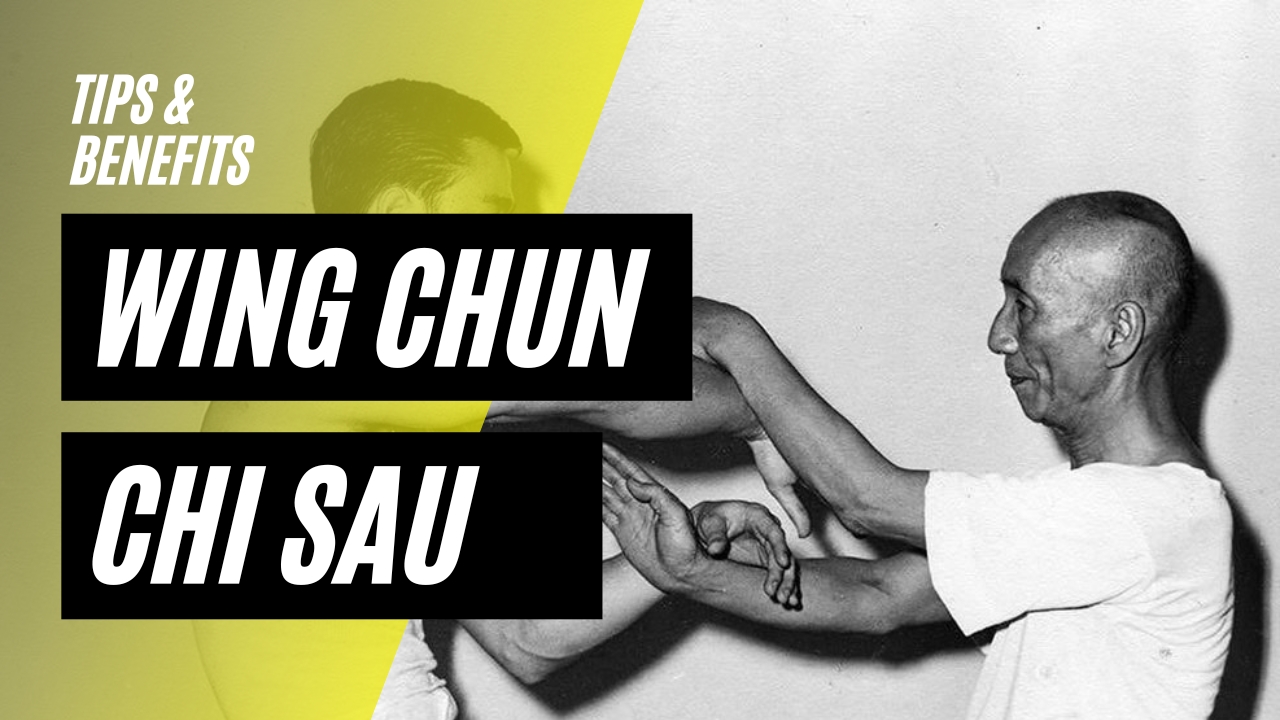
Wing Chun is a unique style of martial art that emphasizes close-range combat, rapid strikes, and efficient movement. One of the key training methods used in Wing Chun is Chi Sau, which translates to "sticky hand" in Cantonese.
Chi Sau is a drill that is practiced between two Wing Chun practitioners to develop sensitivity, reflexes, and the ability to apply techniques in a fluid and dynamic manner. In this article, we will explore the role of Chi Sau in Wing Chun training, its benefits, and how to effectively practice this training method.
What is Chi Sau?
Chi Sau is a core training method in Wing Chun that involves two practitioners lightly touching each other's forearms while engaging in various techniques and movements. The goal of Chi Sau is to develop sensitivity to your opponent's movements and to be able to apply your techniques in a fast and fluid manner. Through practicing Chi Sau, Wing Chun practitioners learn to react quickly and instinctively to changes in their opponent's position, angle, and energy.
Chi Sau is typically practiced in three different forms: single-hand Chi Sau, double-hand Chi Sau, and blindfolded Chi Sau. In single-hand Chi Sau, one practitioner uses one hand to engage with the other practitioner's hand, while the other practitioner uses both hands to engage with the first practitioner's hand.

In double-hand Chi Sau, both practitioners use both hands to engage with each other. Blindfolded Chi Sau involves both practitioners wearing blindfolds to remove the visual aspect of the drill and rely solely on touch and sensitivity.
In addition, the practice of Chi Sau is also useful for the practice of straightforward punches. In fact, it is one of the best practices to see if your punches are straight during a dynamic movement.
Benefits of Chi Sau Training
1. Develops Sensitivity
One of the main benefits of Chi Sau training is that it develops sensitivity. By engaging in this drill, practitioners learn to feel their opponent's movements and energy, which allows them to react quickly and efficiently. The sensitivity developed through Chi Sau training also extends beyond martial arts and can help practitioners in other areas of their lives, such as improving their ability to read body language and nonverbal cues.
2. Improves Reflexes
Chi Sau training helps to improve reflexes by teaching practitioners to react quickly and instinctively to changes in their opponent's position and energy. By practicing Chi Sau, Wing Chun practitioners develop the ability to respond to attacks with speed and accuracy, which is essential in self-defense situations.
3. Enhances Coordination
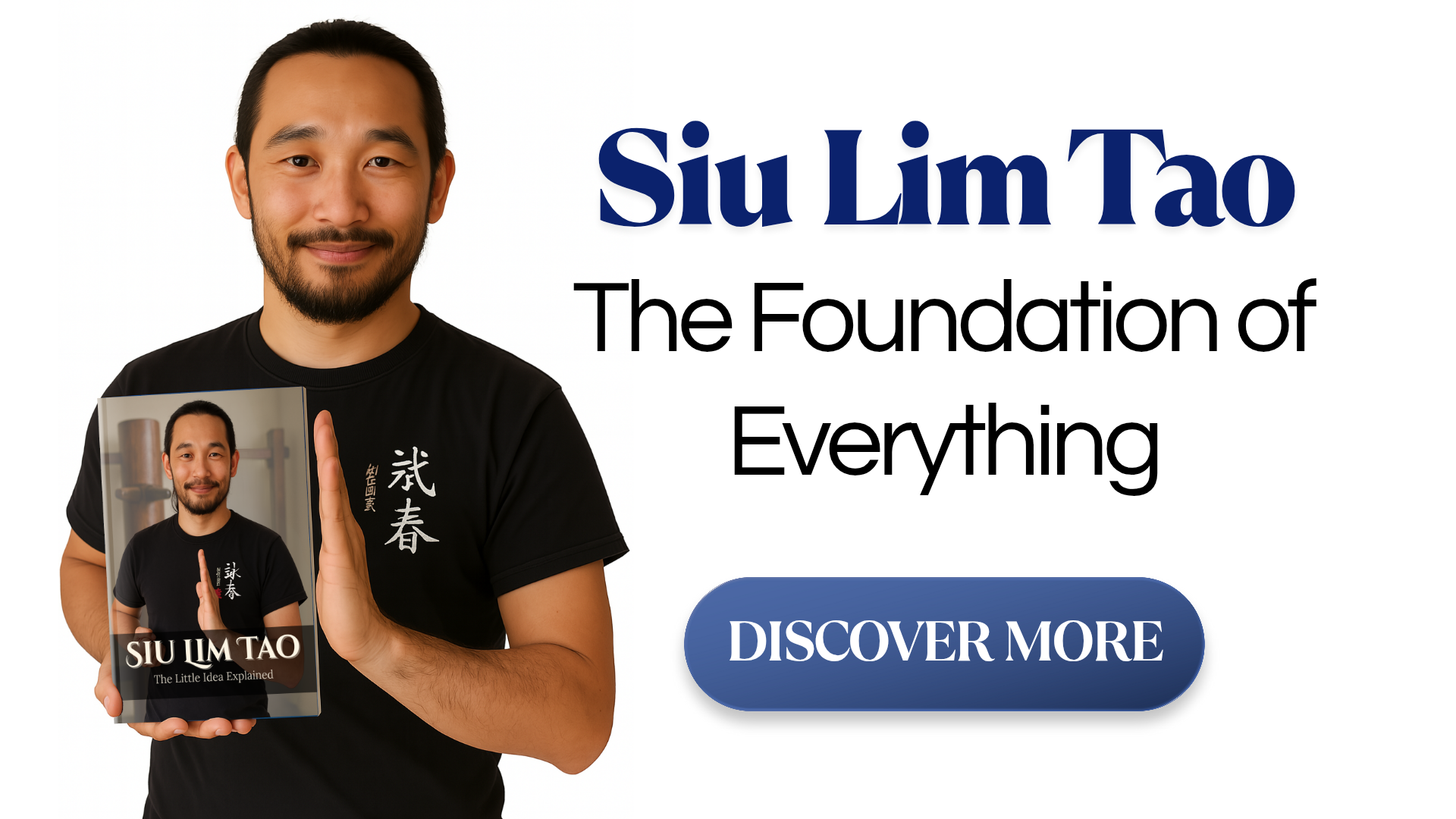
Chi Sau training also enhances coordination by requiring practitioners to coordinate their movements with their partner's movements. Through practicing Chi Sau, Wing Chun practitioners learn to move efficiently and fluidly, which can improve their overall physical coordination.
4. Builds Confidence
As Wing Chun practitioners develop their Chi Sau skills, they become more confident in their ability to defend themselves. Chi Sau training provides a safe and controlled environment for practitioners to practice their techniques and develop their skills, which can help build confidence and self-esteem.
Effective Practice Methods
Start Slow
When first starting Chi Sau training, it is important to start slow and focus on developing sensitivity and coordination. Practitioners should aim to feel their partner's movements and respond to them in a fluid and controlled manner. As practitioners become more comfortable with the drill, they can increase the speed and intensity of their movements.
Focus on the Correct Technique
During Chi Sau training, it is important to focus on using the correct technique. Practitioners should aim to use proper body mechanics and alignment to generate power and efficiency in their movements. Using the correct technique will also help to prevent injury and ensure that the drill is being performed safely.
Use Different Angles and Techniques
To make Chi Sau training more effective, practitioners should vary the angles and techniques they use. By changing the angle of the drill or incorporating different techniques, practitioners can challenge their skills and develop a wider range of techniques and responses.
Thank you. Your comment will be approved shortly.
Comments
Thank you. Your comment will be approved shortly.
Thank you. Your comment will be approved shortly.
Thank you. Your comment will be approved shortly.
Thank you. Your comment will be approved shortly.
Thank you. Your comment will be approved shortly.

